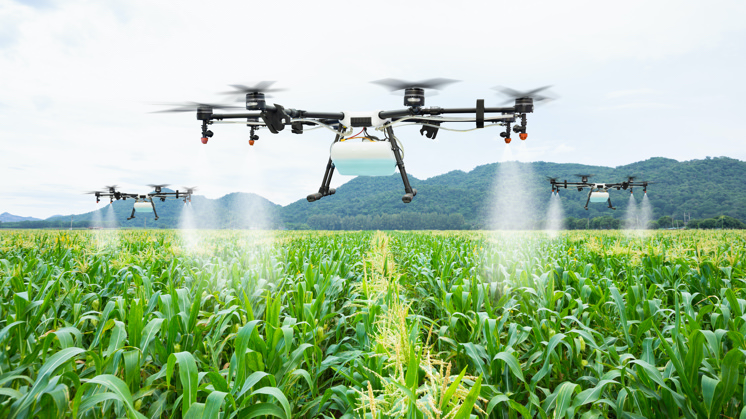Cost of ICTs weighing on smart farming in Zim
SMART farming, which leverages technology across value chains, is the way to go to
improve productivity and efficiency, but limited access to technological gadgets by
smallholder farmers has slowed the adoption of the concept in Zimbabwe.
The introduction of smart farming enables increased yield through more efficient use of
natural resources and inputs, and improved land and environmental management, which
experts say can help Zimbabwe restore its breadbasket status again.
Commenting during the Global Renaissance Investments (GRI), a local firm seeking to
drive the growth of entrepreneurial initiatives, Smart Farming Indaba and Business
Dinner in the resort town of Victoria Falls last week, GRI chairman Professor Joseph
Kamuzhanje said smart farming initiatives should be adopted across the agriculture
value chain to maximise production and efficiency.
“We need to improve the quality and quantity of production. The smart concept has to be
incorporated everywhere for us to achieve good results.
“We need a smart farmer, smart supplier, smart consumer, smart financing mechanism
and not to address just one component of the value chain and expect it to influence the
whole agriculture sector. Everything has to be smart,” he said.
Agriculture is the backbone of Zimbabwe’s economy accounting for almost three
quarters of the raw materials needed in manufacturing while employing over half of the
employable population.
The sector is also seen playing a critical role in helping the country achieve the upper
middle-income economy by 2030 as espoused in Vision 2030. Experts have also said
employing smart farming techniques such as those practised in India will see the country
more than double output, largely driven by smallholder farmers.
The concept of smart farming refers to managing farms using technologies like Internet
of Things (IOT), robotics, drones and Artificial Intelligence (AI) to increase the quantity
and quality of products while optimising the human labour required by production.
This becomes ideal at a time yields have been declining among small holder farmers,
creating scope for the adoption of such to boost food production and food selfsufficiency.
In line with plans for the country’s development and transformation, the Government
has also developed an all-inclusive, focused and forward-thinking guideline that
articulates how the country will develop, deploy and manage ICTs across all sectors –
The Smart Zimbabwe 2030 Master Plan – which works through key specific sectorfocused integrated pillars that act as Smart Solutions. These include Smart Government,
Smart Cities, Smart Agriculture, Smart Education, Smart Transport, Smart Health, Smart
Tourism, Smart Mining.
However, the cost of ICT products and services to drive these initiatives is still a
challenge, especially among low income smallholder farmers. For instance, the cost of
data and Internet services where virtual offices, conferences and e-learning are fast
growing.
Commenting at the same indaba, Powertel Communications’ Lindaray Marembende
highlighted the need to bridge the technology and connectivity divide at grassroots level
with a multi-stakeholder approach.
“While we are looking at bridging the connectivity divide, we also need partners on board
in terms of the devices needed especially by those in rural communities to ensure total
connectivity and access to information,” she said.
Organisations such as telecoms giant – Econet Wireless Zimbabwe have seen data usage
grow through the introduction of its device strategy, which is also meant to increase
smartphone penetration and bridge the digital divide.
Econet introduced the Smart Kambudzi device, which saw smartphone penetration going
up by 2,6 percent to 63 percent, which also helped increase the data active customers per
day to 2,56 million (December peak).-The Herald











